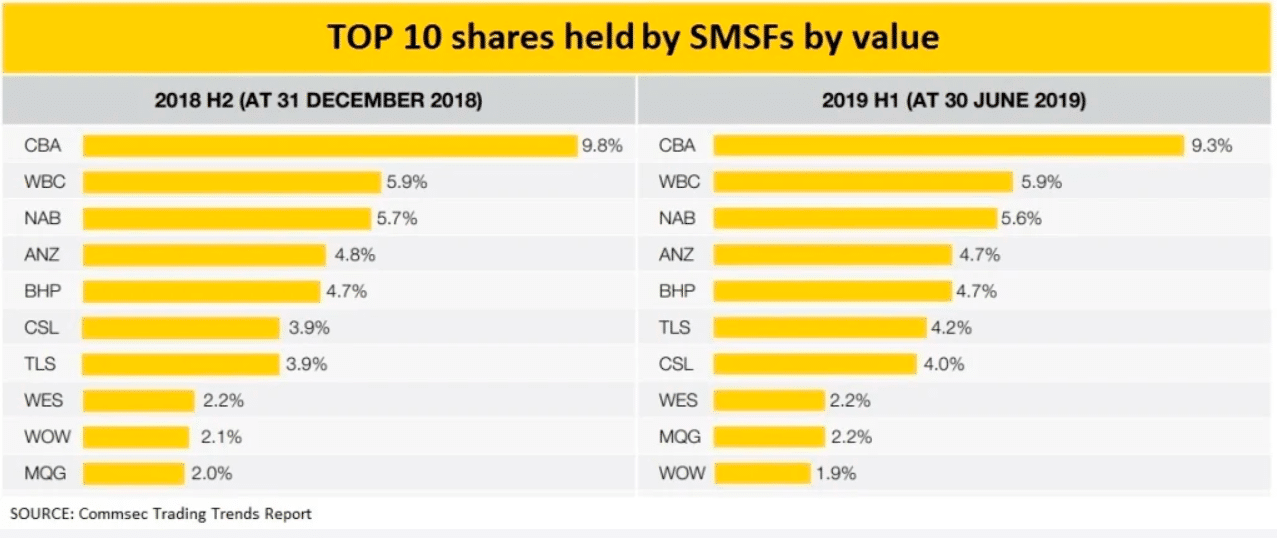- News articles
First published in the Financial Review on 04 December 2019.
Self Managed Super Fund trustees are no different to many other Australians – they relish the opportunity to invest in direct property.
Australian Taxation Office figures show property comprises about 13 per cent of SMSF assets of about $750 billion – third on the list of investments behind Australian equities and cash and fixed deposits.
Investment is split between commercial and residential direct property, with the former comprising about 9 per cent and the latter 4 per cent.
The heavier weighting in commercial property in SMSF portfolios should not be a surprise.
For many small-to-medium-size businesses (SMEs), the opportunity to transfer their business premises into their SMSF and then lease them back at the market rate has two attractions – the fund has an asset that, in all likelihood, will appreciate in value, and it removes any risk from the “landlord-tenant” relationship.
For other SMSFs owning direct property, the benefits are rental income and a lower capital gains tax rate when the property is sold.
The rental income adds to a super balance and it comes with an added bonus of incurring only a 15 per cent tax rate (or zero tax for members in the pension phase). And, like any rental property, expenses are tax-deductible.
The cream on the cake comes if a property is held for more than 12 months before sale, with just two-thirds of any capital gain taxed at 15 per cent (nil tax for those in the pension phase).
However, SMSF trustees must be fully aware of some specific rules about owning and renting property in their fund, with the ATO taking a dim view of those who breach them.
In particular, there are restrictions on how you or a related party can buy and use the property. For example, the law prohibits an SMSF acquiring residential property from any related party to the fund (such as fund members or their relatives).
Investment issues
It is important to note that commercial property is exempt from this ruling, provided the ATO is satisfied it falls within the definition of business real property. A commercial office, factory or productive farm land are prime examples.
It is not just about the regulations; there are investment issues involved.
Acquiring a property can result in an SMSF’s investment portfolio lacking diversification.
Although there are no golden rules about portfolio diversification, both the Australian Securities and Investments Commission and the ATO have raised concerns about SMSFs having the bulk of their investments in a single asset, notably retail housing.
The regulators’ concerns are magnified if an SMSF has used a limited-recourse borrowing arrangement (LRBA) to acquire the property.
Trustees also have to ensure the acquisition of direct property falls within the guidelines outlined in the SMSF’s investment strategy – a legal document. It will detail how much exposure the fund should have to the property market, the form that exposure should take, and whether it is appropriate in the circumstances for the fund’s members.
The investment strategy document is not something that can be allowed to gather dust at the bottom of a drawer.
All investments must fall within the guidelines devised by trustees and set out in the strategy.

One of the duties of an SMSF auditor is to ensure there is an investment strategy in place and the trustees adhere to it.
One final cautionary note relates to property’s lack of liquidity. Unlike shares, selling a property takes time so if there is an unforeseen circumstance, such as the early death of a member or a divorce, it can cause complications.
None of these warning signs is reason not to buy direct property – whether it be commercial or residential. The long-term returns can justify the investment.
However, seek specialist advice before acquiring this asset class, especially if it involves debt (LRBA) or will comprise the bulk of a portfolio.

Opinion piece written by
John Maroney, CEO,
SMSF Association



